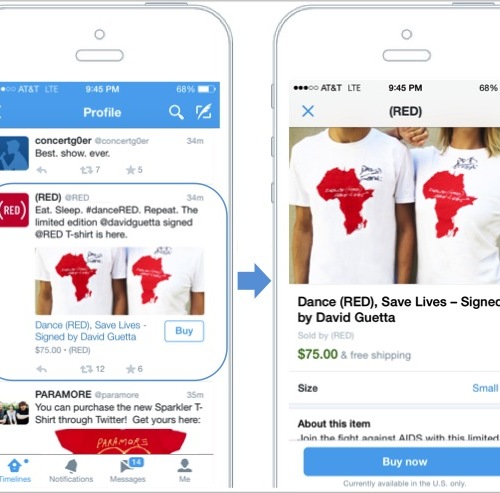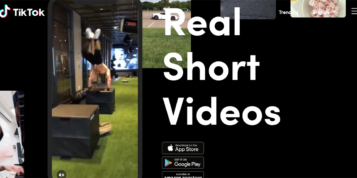The future of marketing lies in the understanding of the customer journey.
As consumers, we constantly engage with brands through various marketing channels, such as emails, display ads, paid search ads, social media, and direct website visits. Twitter is one such powerful channel where consumers follow some of their favourite brands and it has recently been testing a ‘Buy’ button to allow users to shop directly from tweets.
Looking at the consumer’s typical path-to-purchase is a good place to start when predicting the success of Twitter’s ‘Buy’ button. Do we make purchasing decisions in all channels, such as social media, emails and through paid searches? So far it has been proven that we do not. Can Twitter change typical consumer decision behaviour? We have yet to find out.
What does the typical path-to-purchase, the one that Twitter is potentially trying to shortcut, look like? The path-to-purchase usually consists of three major steps. It starts by the consumer becoming aware of a need and considering if this is a true need, leading to an intention to buy, and finally making a purchasing decision.
Data shows that social media acts as an awareness builder. The same data also shows that when we progress in our decision-making process and have an intention to buy, we usually research the item or service of interest on the internet. This is where Google dominates. This is also why search ads are so efficient as the consumer already has an intention to buy. You merely need to convince the consumer that you are the right vendor. When we are convinced and have made our decision to purchase, we proceed by visiting the website of the vendor of choice.
Various experiments have been conducted to create a shortcut in the consumer decision-making process, including being able to buy directly on Facebook. It rarely works.
All this indicates that the ‘Buy’ button on Twitter will eventually fail. What I really like though is that companies have the guts to challenge existing understandings of consumer behaviour.
If Twitter manages to insert the ‘Buy’ button when a consumer already has shown an intention and even made a decision to buy, then it could work. The easy way to ensure this is the case is to make the ‘Buy’ button a retargeting ad format. So instead of allowing brands to retarget consumers that dropped off the e-store with personal display ads, the consumer will be invited to buy a product directly on Twitter. This product could be the same product, or a similar product, that they showed interest in in the brand’s e-store recently.
But that would be just another retargeting ad format, which consists of a display ad with a built in check-out feature. It would be much more exciting and a consumer psychology breakthrough if they manage to pull off a button that shortcuts the consumer decision-making process; one which makes consumers comfortable in going from awareness, to intention, to decision in seconds, while never leaving Twitter.






